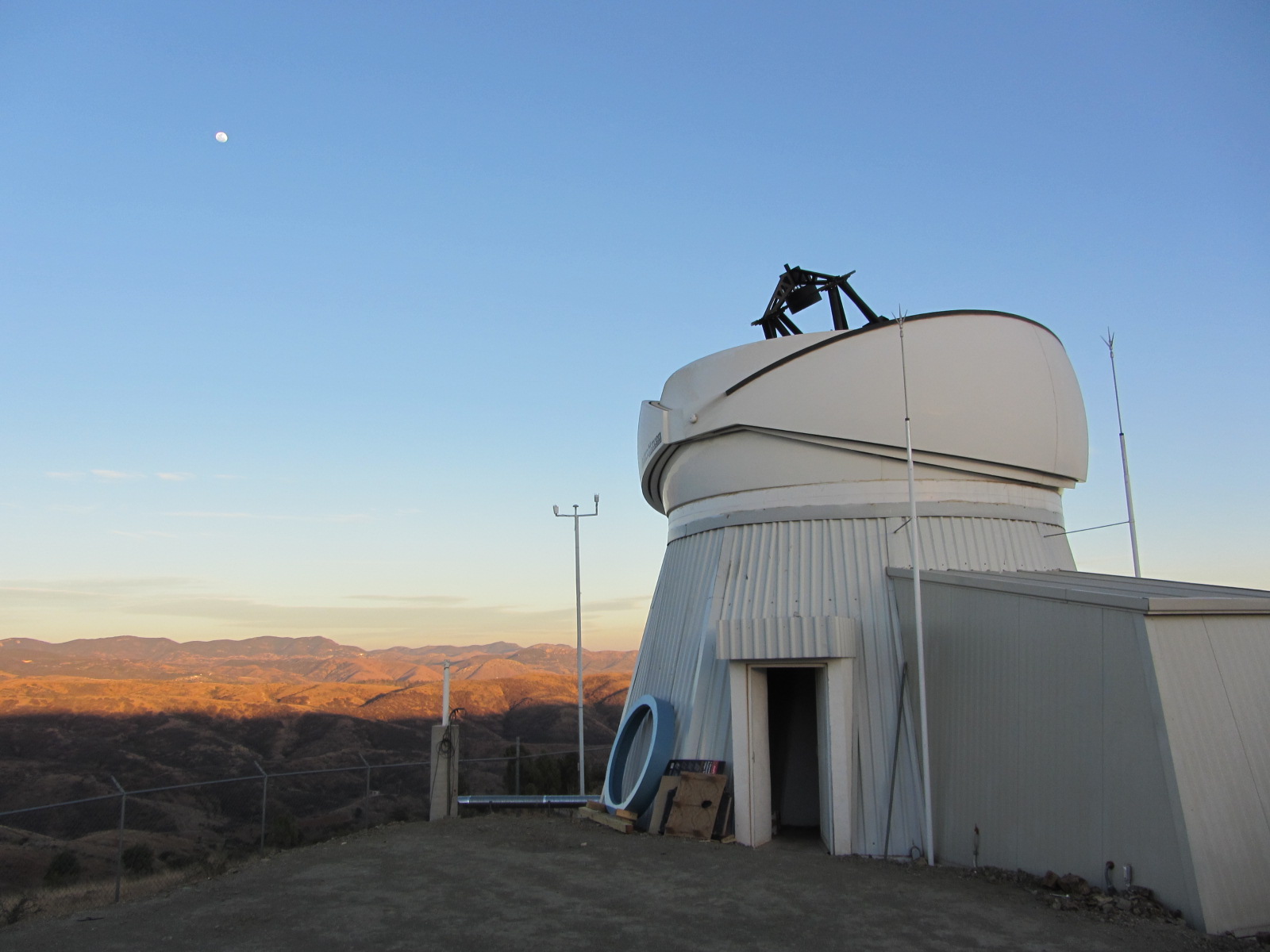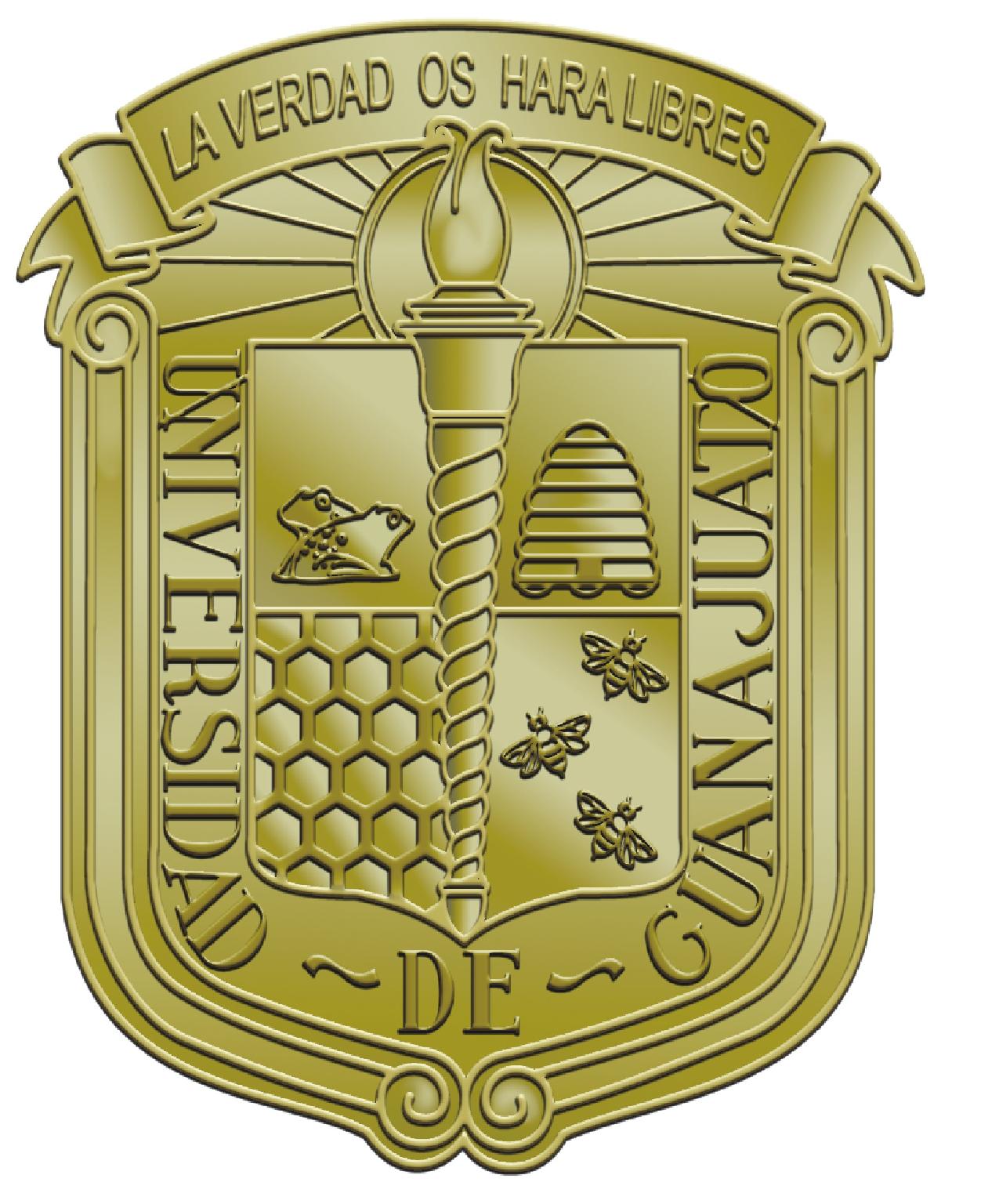TIGRE Telescope
General Information

The 1.2m telescope was manufactured by Halfmann Teleskoptechnik, an enterprise located near Augsburg, Germany. The telescope was tested at Hamburg Observatory during 2003-2004. Commissioning was in 2005.
The only instrumentation is the HEROS spectrograph of the Landessternwarte Heidelberg which is connected with the telescope via a fused silica fibre. First spectroscopic light was in autumn 2007. Since that time, spectroscopic observations of cool stars have have been carried out but were restricted to the blue channel of HEROS until spring 2012. In April 2012, the red channel was put into operation so that the whole spectral range of HEROS is used now simultaneously.
At the End of 2008, an agreement between the University of Hamburg and the University of Guanajuato was subscribed for the construction and operation of the HRT in La Luz. La Luz is the astronomical observatory of the University of Guanajuato and is located in central Mexico (altitude 2400m). The Mexican partner provides the infrastructure and the telescope building.
In the summer 2012, a final observations were performed in Hamburg and after this period, the telescope
was dismounted in September 2012. In October 2012, the telescope was shipped to Mexico and mounted during
March 2013 at the final location. The telescope was put into operation after the "First
spectroscopic light" in La Luz on 13 April 2013. Since Mai 2013, observations are performed from Hamburg.
Scheduled observations were started on August 1st.

Scientific goals
- Follow-up observations of X-ray sources
- Simultaneous observations with space telescopes
- Determination of stellar rotation periods
- Observation of stellar activity cycles
- Stellar butterfly diagrams (differential rotation)
- Observation and monitoring of starspots
- Search for low-mass stellar companions
- Spectroscopic surveys


